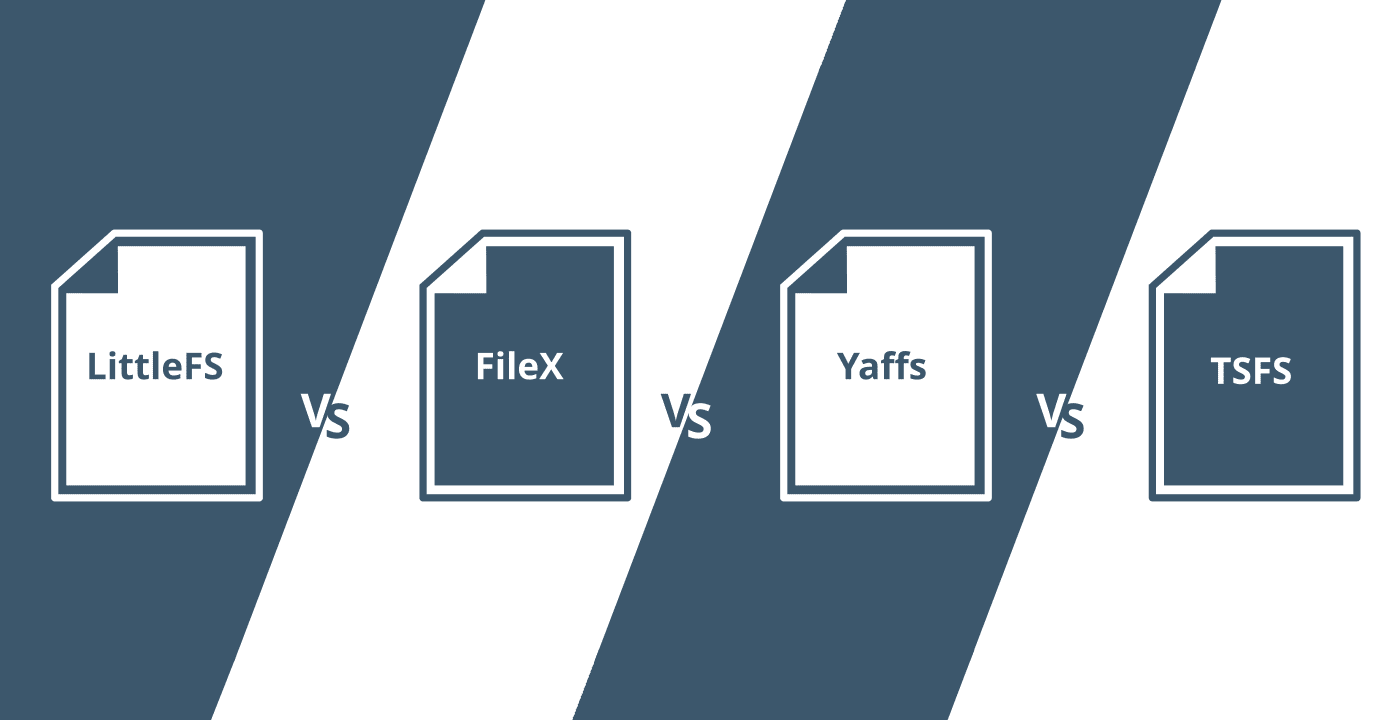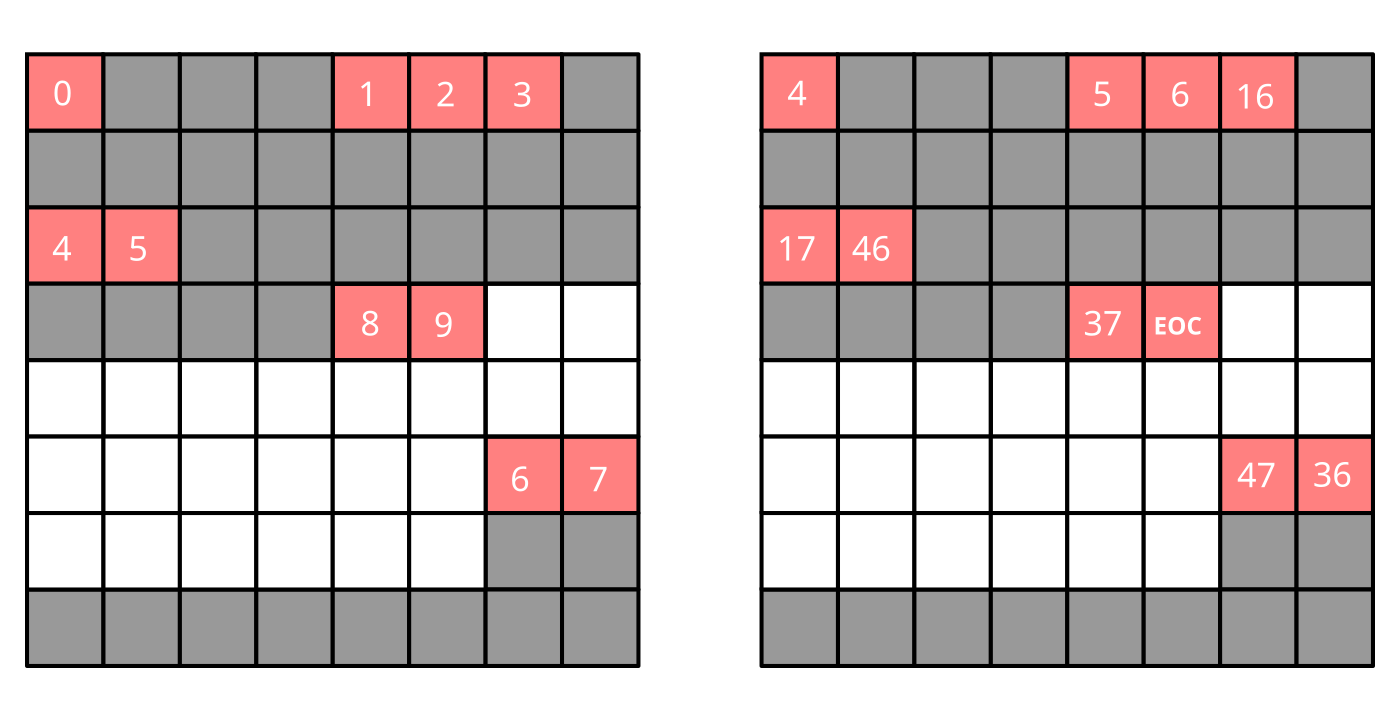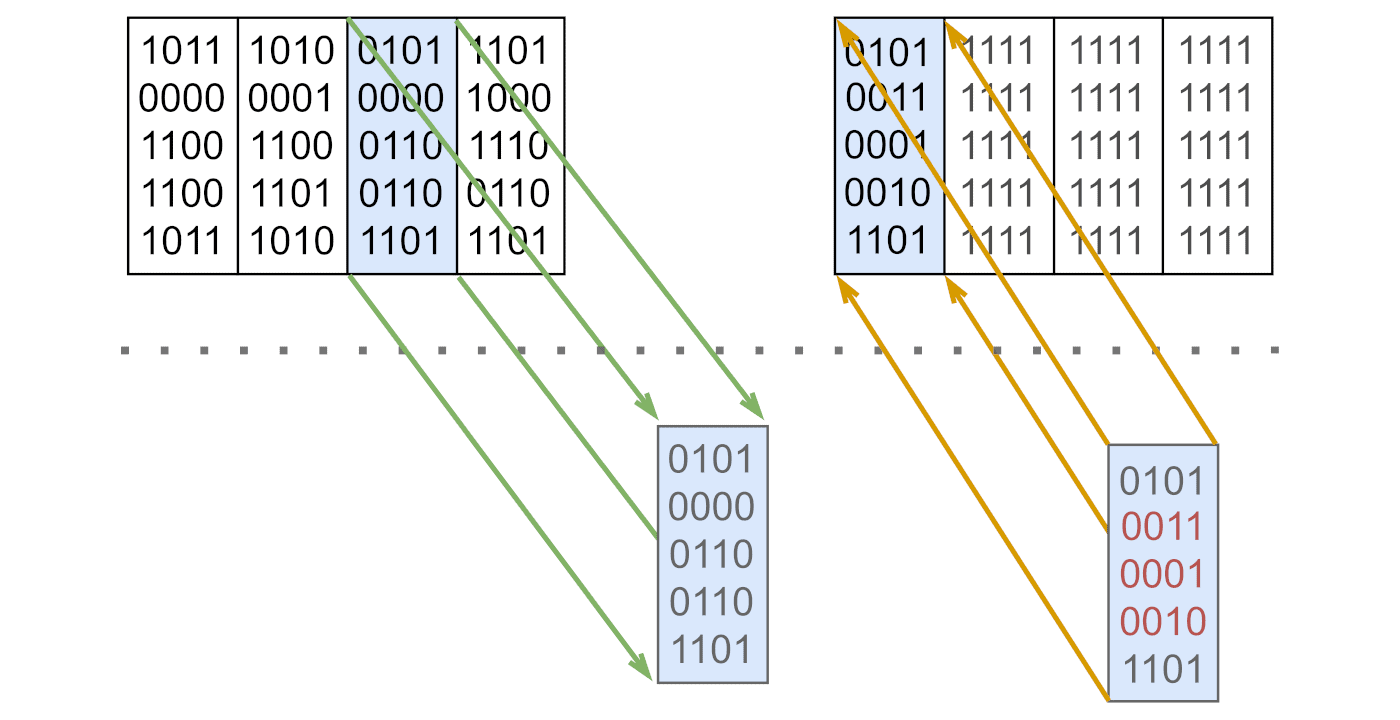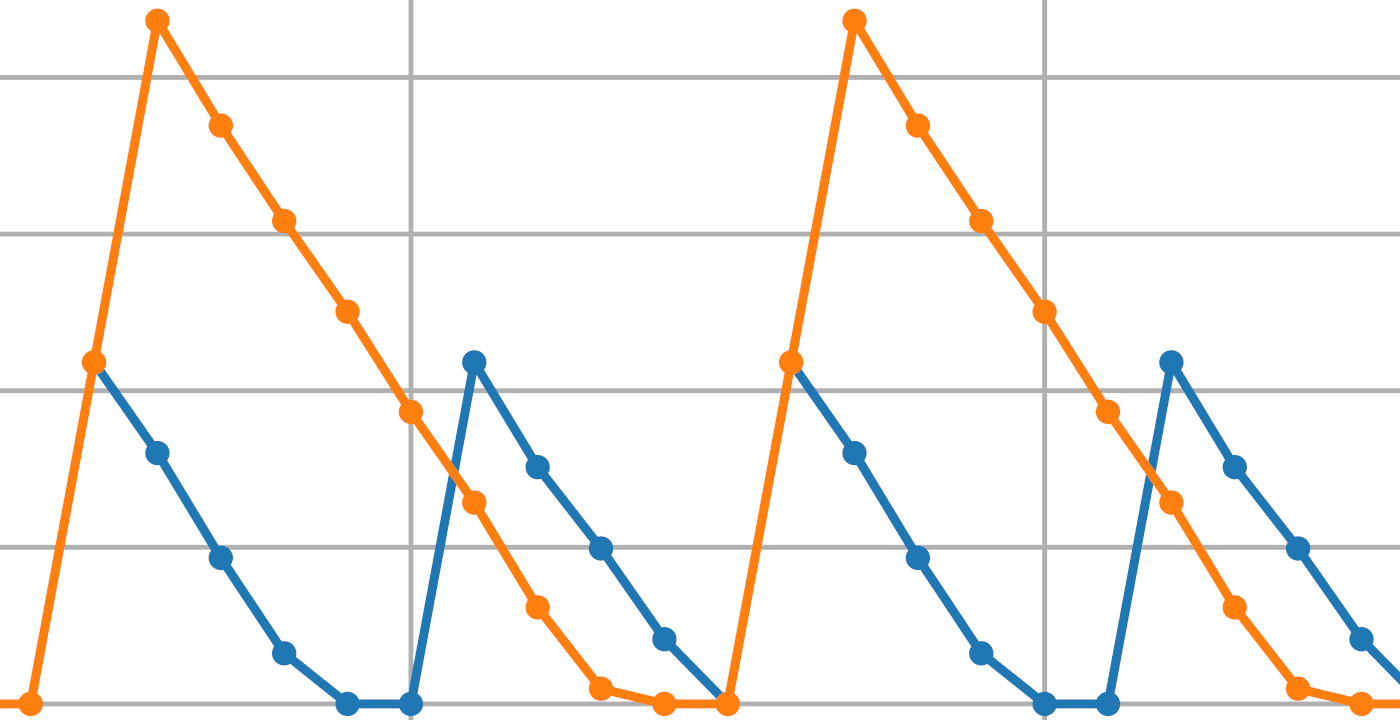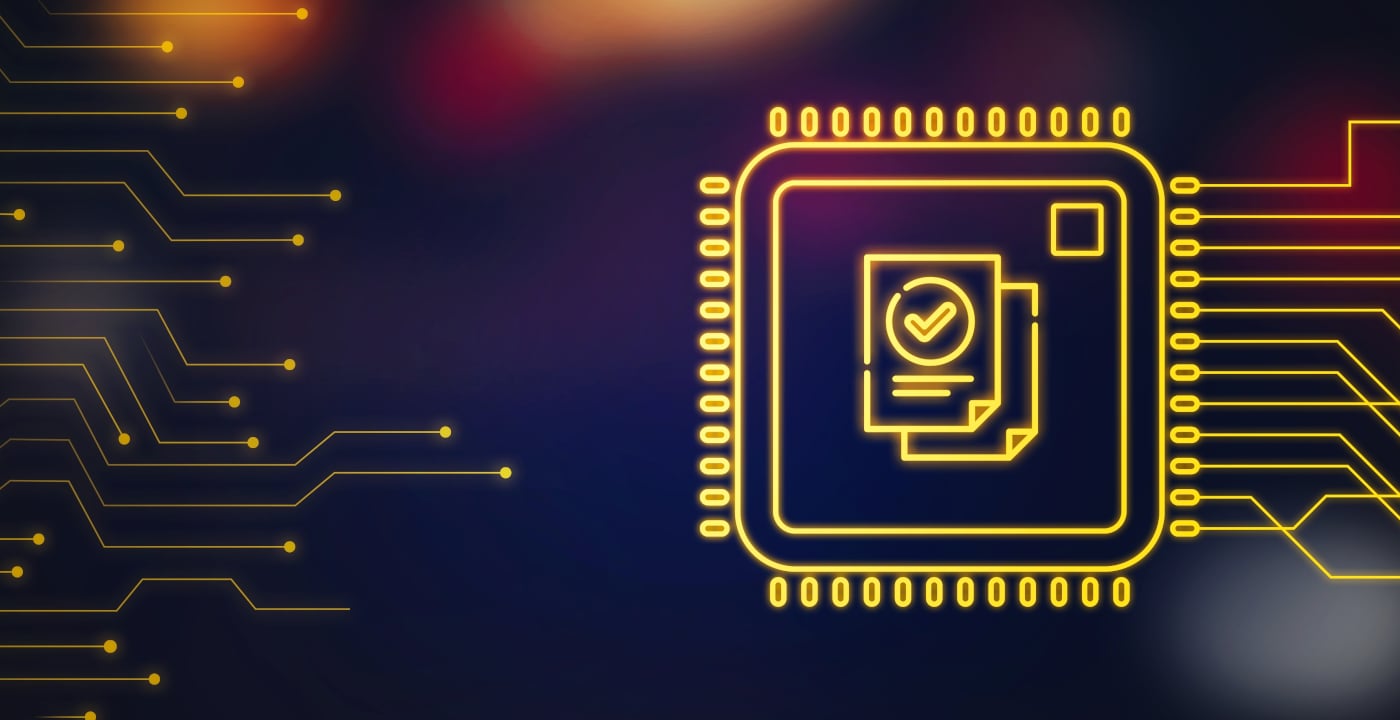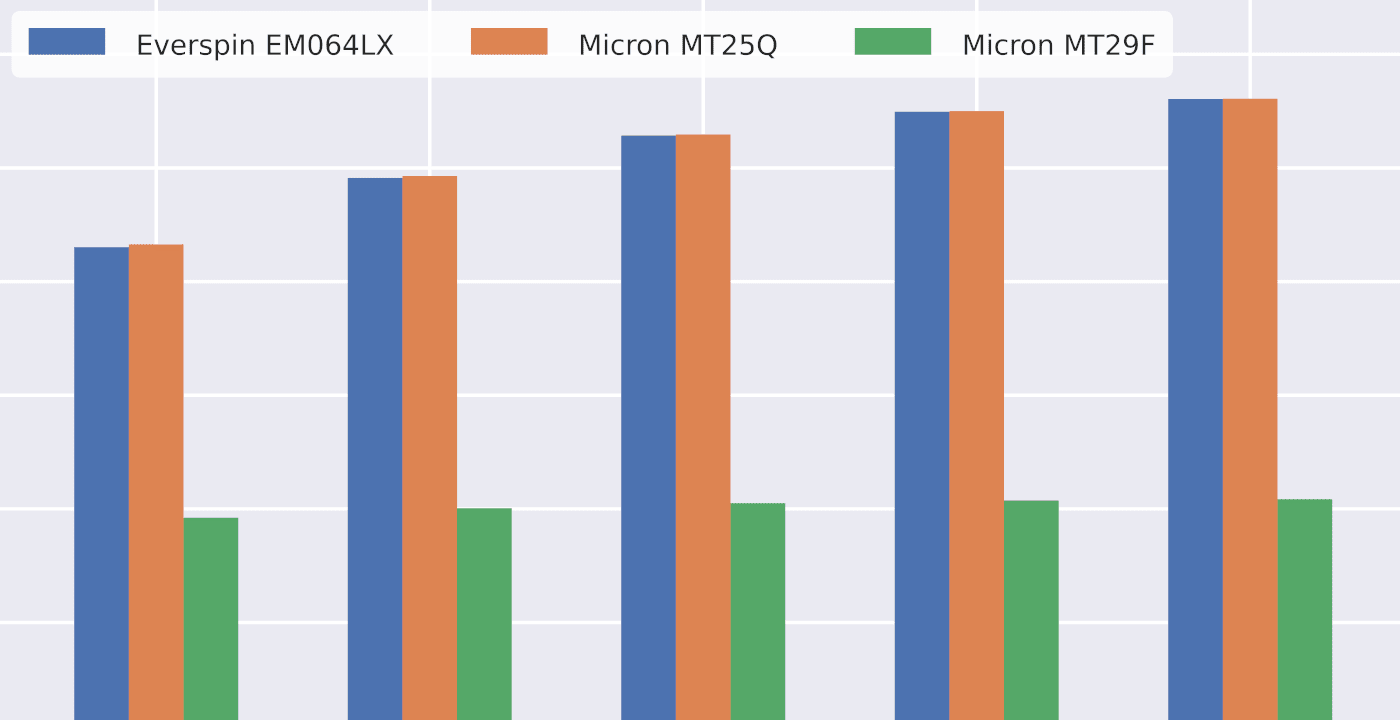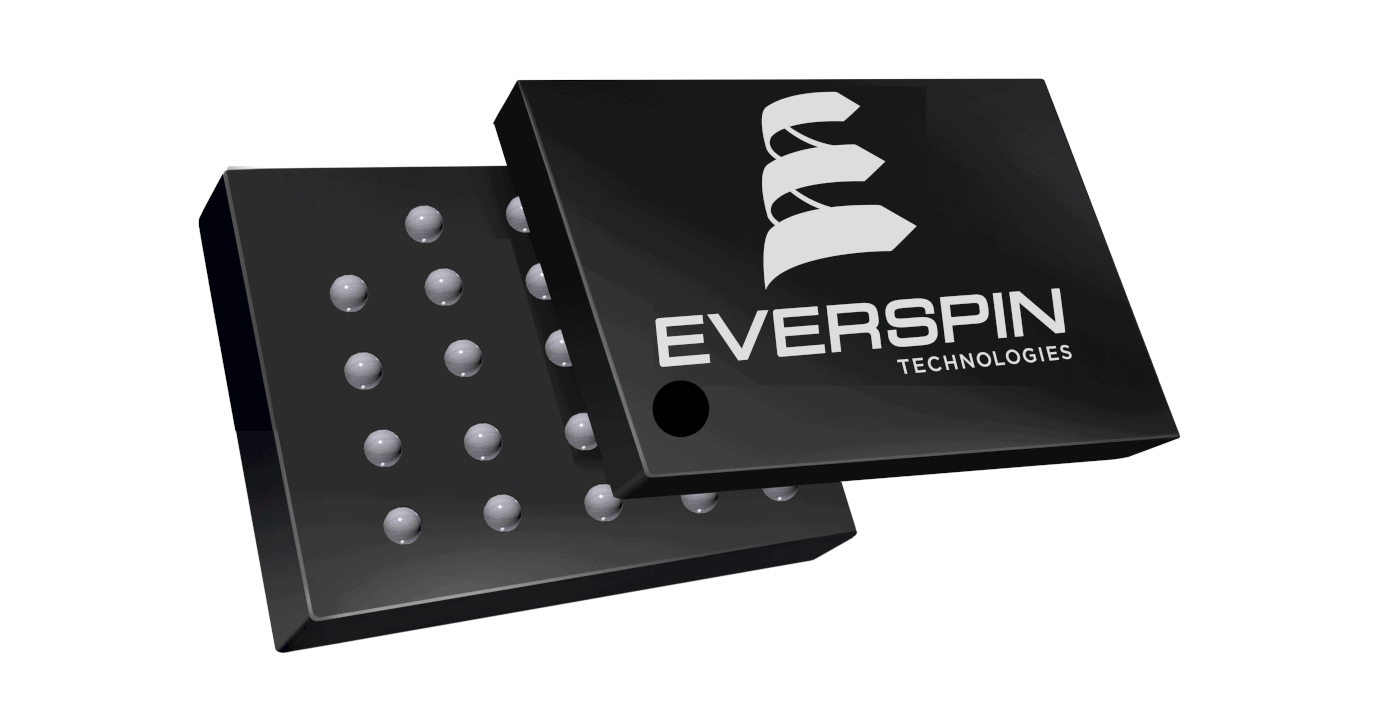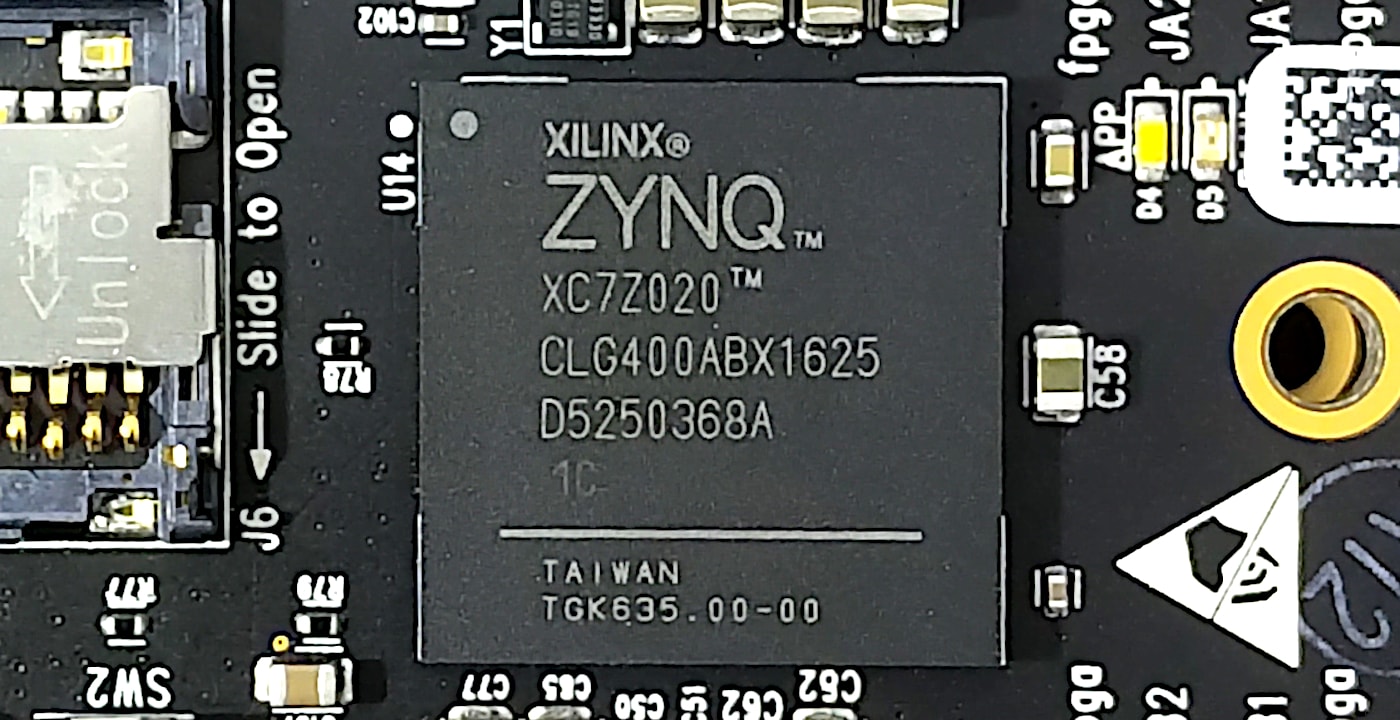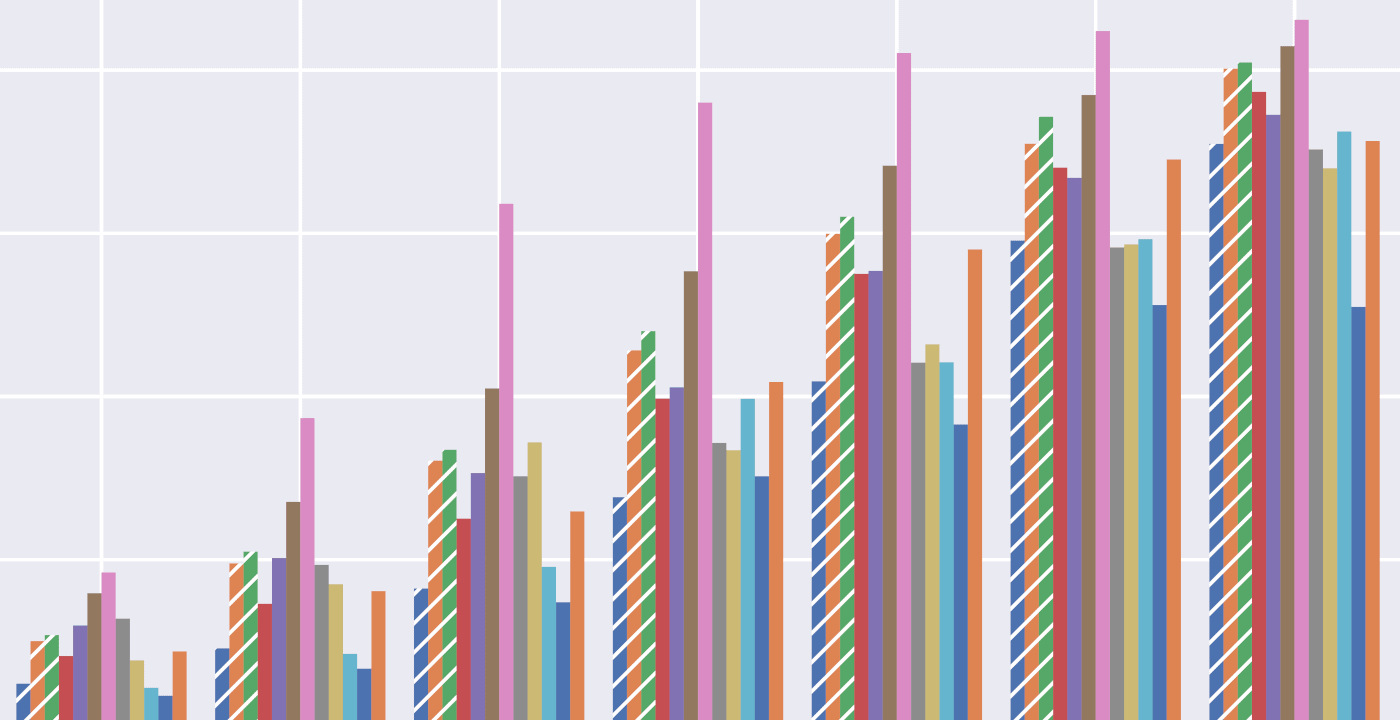
Serial NAND Flash: the Perfect Companion for Zephyr OS
In this article, we explain why serial SLC NAND flash is an ideal companion for Zephyr OS. We discuss some of the pitfalls to look out for when in comes to integrating NAND flash, and lay out the key ingredients to a successful and reliable integration. Finally, we introduce which are, in our opinion, two
